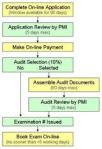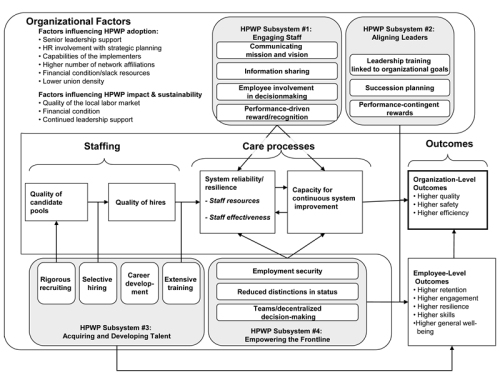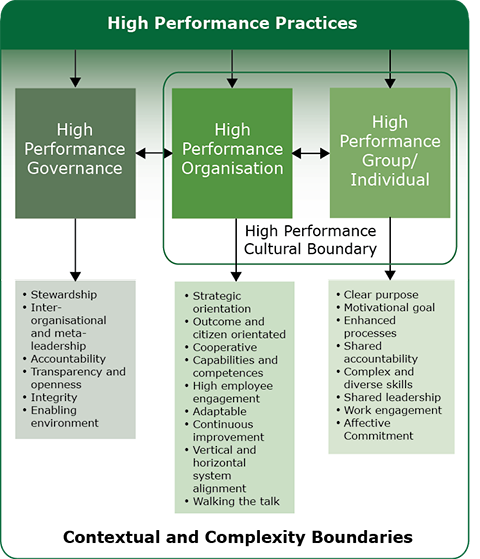A recent 2014 scientific study, Going to Extremes – The Darwin Awards: sex differences in idiotic behaviour highlights the need for gender diversity. The class of risk studied in this report is the idiotic risk, one that is defined as senseless risks, where the apparent payoff is negligible or non-existent, and the outcome is often extremely negative and often final. The results suggest that having an ‘all male’ or male dominated decision making group may be a source of risk in itself.
 Sex differences in risk seeking behaviour, emergency hospital admissions, and mortality are well documented and confirm that males are more at risk than females. Whilst some of these differences may be attributable to cultural and socioeconomic factors (eg, males may be more likely to engage in contact and high risk sports, and are more likely to be employed in higher risk occupations), sex differences in risk seeking behaviour have been reported from an early age, raising questions about the extent to which these behaviours can be attributed purely to social and cultural differences. This study extends on these studies to look at ‘male idiot theory’ (MIT) based on the archives of the ‘Darwin Awards’. Its hypothesis derived from Women are from Venus, men are idiots (Andrews McMeel, 2011) is that many of the differences in risk seeking behaviour may be explained by the observation that men are idiots and idiots do stupid things…… but little is known about sex differences in idiotic risk taking behaviour.
Sex differences in risk seeking behaviour, emergency hospital admissions, and mortality are well documented and confirm that males are more at risk than females. Whilst some of these differences may be attributable to cultural and socioeconomic factors (eg, males may be more likely to engage in contact and high risk sports, and are more likely to be employed in higher risk occupations), sex differences in risk seeking behaviour have been reported from an early age, raising questions about the extent to which these behaviours can be attributed purely to social and cultural differences. This study extends on these studies to look at ‘male idiot theory’ (MIT) based on the archives of the ‘Darwin Awards’. Its hypothesis derived from Women are from Venus, men are idiots (Andrews McMeel, 2011) is that many of the differences in risk seeking behaviour may be explained by the observation that men are idiots and idiots do stupid things…… but little is known about sex differences in idiotic risk taking behaviour.
 The Darwin Awards are named in honour of Charles Darwin, and commemorate those who have improved the human gene pool by removing themselves from it in an idiotic way (note the photographs are both of unsuccessful attempts to win an award). Whilst usually awarded posthumously, (the idiot normally has to kill themselves) the 2014 The Thing Ring award shows there are other options. Based on this invaluable record of idiotic human behaviour, the study considered the gender of the award recipients over a 20 year period (1995-2014) and found a marked sex difference in Darwin Award winners: males are significantly more likely to receive the award than females.
The Darwin Awards are named in honour of Charles Darwin, and commemorate those who have improved the human gene pool by removing themselves from it in an idiotic way (note the photographs are both of unsuccessful attempts to win an award). Whilst usually awarded posthumously, (the idiot normally has to kill themselves) the 2014 The Thing Ring award shows there are other options. Based on this invaluable record of idiotic human behaviour, the study considered the gender of the award recipients over a 20 year period (1995-2014) and found a marked sex difference in Darwin Award winners: males are significantly more likely to receive the award than females.
 Of the 413 Darwin Award nominations in the study period, 332 were independently verified and confirmed by the Darwin Awards Committee. Of these, 14 were shared by male and female nominees (usually overly adventurous couples in compromising positions – see: La Petite Mort) leaving 318 valid cases for statistical testing. Of these 318 cases, 282 Darwin Awards were awarded to males and just 36 awards given to females. Meaning 88.7% of the idiots accepted as Darwin Award winners were male!
Of the 413 Darwin Award nominations in the study period, 332 were independently verified and confirmed by the Darwin Awards Committee. Of these, 14 were shared by male and female nominees (usually overly adventurous couples in compromising positions – see: La Petite Mort) leaving 318 valid cases for statistical testing. Of these 318 cases, 282 Darwin Awards were awarded to males and just 36 awards given to females. Meaning 88.7% of the idiots accepted as Darwin Award winners were male!
Gender diversity on decision making bodies may help to reduce this potential risk factor in two ways. First, by reducing the percentage of people potentially susceptible to MIT. Second, by modifying the social and cultural environment within decision making body, reducing the body’s tendency to take ‘extreme risk decisions’.
One well documented example is the current Federal Government. Given the extremely limited representation of women in the make-up of the current Abbott government, and some of the self-destructive decisions they have made, I’m wondering if there is a correlation. A softer, less aggressive, lower risk approach to implementing many of the policies they have failed to enact may have resulted in a very different outcome for the government.
 One of the long running themes of this blog has been the importance of ethics and governance to the success of organisations and the importance of ethical behaviour at all levels of an organisation from the project level up to the very top. No one can afford to allow unethical behaviour to continue – the expediency of turning a ‘blind-eye’ is simply not an option.
One of the long running themes of this blog has been the importance of ethics and governance to the success of organisations and the importance of ethical behaviour at all levels of an organisation from the project level up to the very top. No one can afford to allow unethical behaviour to continue – the expediency of turning a ‘blind-eye’ is simply not an option.










